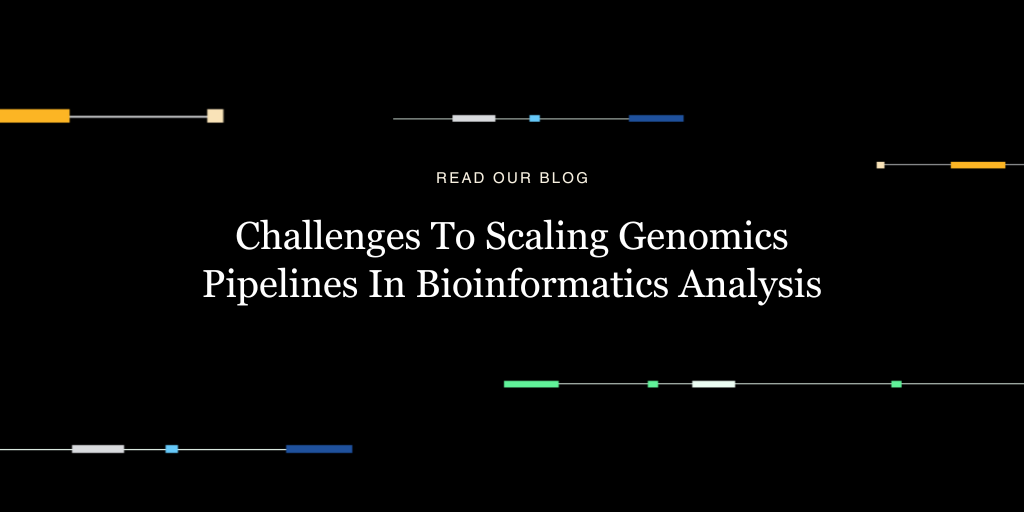
Ever heard of schwannomatosis? How about neurofibromatosis? They are rare diseases that are not as rare as you might think, affecting around one in every 3,000 people worldwide.
At DNAnexus, we are proud to help enable research into these and other ‘rare’ genetic conditions.
One research partner is the Children’s Tumor Foundation, which is dedicated to developing treatments for the three identified forms of neurofibromatosis — NF1, NF2, and schwannomatosis — that cause tumors to grow on nerves throughout the body.
NF1 (formerly known as von Recklinghausen NF or Peripheral NF), is usually diagnosed in childhood and is one of the most common inherited neurological disorders, affecting about 1 in 3,000 people throughout the world. Characterized by multiple café au lait (light brown) skin spots and neurofibromas on or under the skin, it can cause tumors to develop in the brain, on cranial nerves, or on the spinal cord. In addition to having a much higher chance of developing cancer, patients can experience severe pain, blindness, curvature of bones, and learning issues, among other serious symptoms.
NF2 is much less common, affecting about 1 in 25,000 people worldwide. The disorder is characterized by the development of benign tumors on the nerve that carries sound and balance information from the inner ear to the brain, often leading to partial or complete hearing loss. NF2 patients can incur brain and cranial nerve damage, facial weakness, swallowing difficulties, tinnitus, and/or seizures as some of the consequences of their tumors or because of surgery interventions.
Schwannomatosis, the least common and most recently identified form of neurofibromatosis, affects less than 1 in 40,000 people, and causes the development of benign tumors to grow on nerves. It can cause severe chronic localized or diffuse pain.
While researchers have pinpointed several genetic mutations in neurofibromatosis patients, little is known about the epigenomic alterations that drive the disorders.
Such knowledge is crucial when investigating potential treatments, according to DNAnexus scientist Ben Busby, and he believes computational biology can help provide solutions.
“We’ve gotten very good as a research community at calling variants from rare disease cases, which has helped hasten many difficult diagnostic odysseys,” he said. “But that doesn’t give you information that might be indicative of potential treatments.”
By looking beyond causative variants, and into gene expression and transcriptome data, rare disease researchers might be able to identify elusive therapeutic options.
Busby will demonstrate just how this is possible on DNAnexus Platforms in a special February 25 webinar, organized to mark Rare Disease Day.
He will be joined by Salvatore La Rosa, of the Children’s Tumor Foundation, who will talk about the organization’s approach to research.
Busby said the CTF provides a great model for other rare disease research organizations, by working with the researchers they fund to discover what data roadblocks exist, and to help the scientists overcome them through the sharing and distribution of critical patient datasets.
Advancing Rare Disease Research with Multi-Omic Data Analysis
Thursday, February 25, 2021
11 a.m PT / 2 p.m ET
SAVE YOUR SEAT



